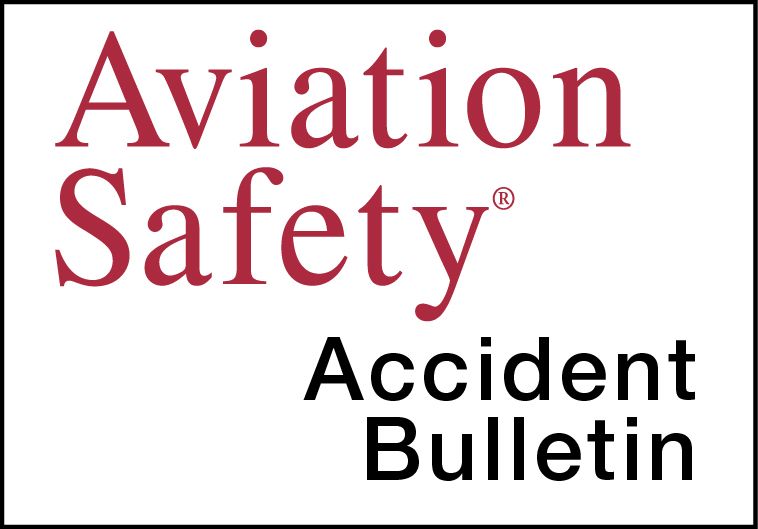AVweb’s General Aviation Accident Bulletin is taken from the pages of our sister publication, Aviation Safety magazine. All the reports listed here are preliminary and include only initial factual findings about crashes. You can learn more about the final probable cause on the NTSB’s website at www.ntsb.gov. Final reports appear about a year after the accident, although some take longer. Find out more about Aviation Safety at www.aviationsafetymagazine.com.
August 2, 2021, Amado, Ariz.
Piper PA-28-140 Cherokee 140
At about 0925 Mountain time, the airplane was substantially damaged during a forced landing following engine failure. The pilot and pilot-rated passenger were not injured. Visual conditions prevailed.
While in cruise, the airplane engine developed a sudden and severe vibration, then quit altogether. The pilot initiated a forced landing but his approach was too fast and he opted to land in a field on the other side of a tree line and fence. The airplane’s right wing clipped one of the trees and it subsequently landed hard, collapsing the nose landing gear. Examination revealed the right wing had impact marks and embedded tree twigs in its leading edge, while the its main spar had separated at the wing root.
August 2, 2021, Waxhaw, N.C.
Cessna 172E Skyhawk
The airplane was substantially damaged at about 1259 Eastern time when it failed to climb after takeoff. The pilot and two passengers received minor injuries. Visual conditions prevailed.
After liftoff, the airplane became airborne and gained roughly 50 feet as the pilot maintained its best rate of climb speed, but the airplane failed to climb higher. The pilot momentarily slowed to best angle of climb speed but the airplane still wouldn’t climb. All indications were that the airplane’s engine was developing full power.
The pilot managed to touch down on a lawn beyond the runway and then turned left to avoid trees. At that point, the airplane nosed over and came to rest nose down, leaning against a tree. Field elevation was 602 feet and ambient temperature was 84 degrees F.
August 2, 2021, Sterling, Alaska
Stinson 108-1
At about 1458 Alaska time, the airplane was substantially damaged when it failed to climb after takeoff. The private pilot and three passengers were uninjured. Visual conditions prevailed.
The pilot reported that the takeoff roll took longer than normal, but the airplane seemed to climb normally with one notch of flaps until reaching about 100 feet AGL. At that point, the airplane began descending into trees off the departure end of the runway. A video of the takeoff showed the airplane lift off from the runway in a three-point attitude and continued with its nose high. About six seconds after takeoff, the airplane began to descend, still in a nose-high attitude. The windsock indicated a slight right quartering tailwind.
August 2, 2021, Rushville, Neb.
Cozy MK IV Experimental
The airplane sustained substantial damage at about 1554 Mountain time when it was force-landed following engine failure. The commercial pilot and passenger sustained serious injuries. Visual conditions prevailed.
After takeoff, the pilot noticed all four cylinder head temperatures (CHTs) were higher than they should have been. The CHTs never stabilized and never decreased after takeoff. The pilot attempted to reduce CHTs with the throttle and mixture, but they kept rising and the pilot decided to return to the departure airport. After turning back, CHTs continued rising until the engine ceased producing power. During the subsequent forced landing to an open grass field, the nose and main landing gear collapsed and the airplane came to rest on its fuselage. Outside air temperature was 91 degrees F and the airplane’s airspeed was about 130 knots after the takeoff.
This article originally appeared in the November 2021 issue of Aviation Safety magazine.
For more great content like this, subscribe to Aviation Safety!


































